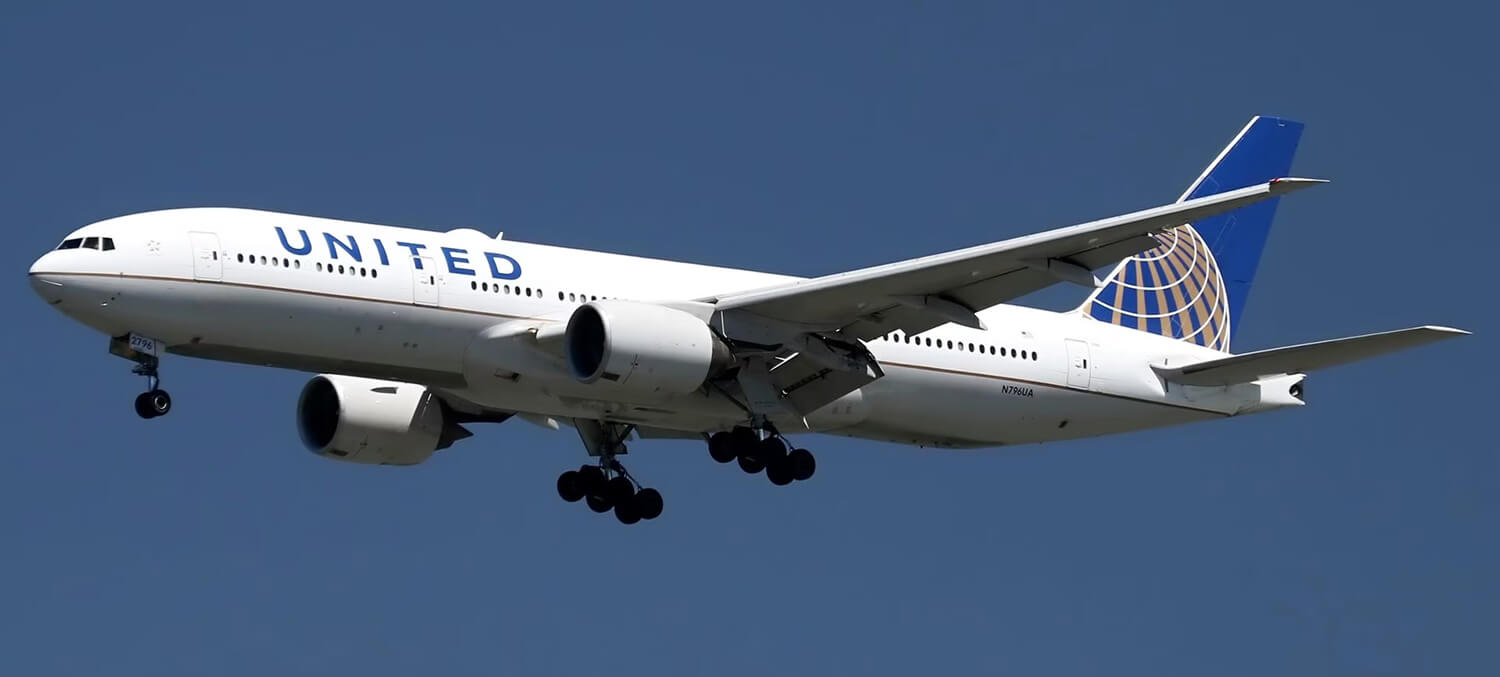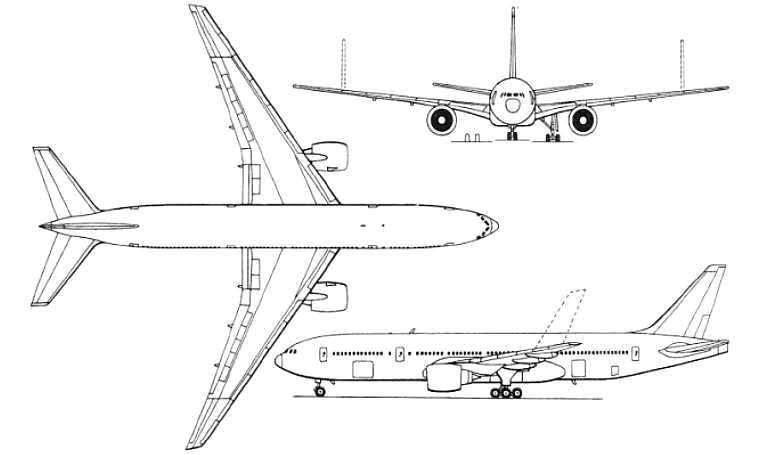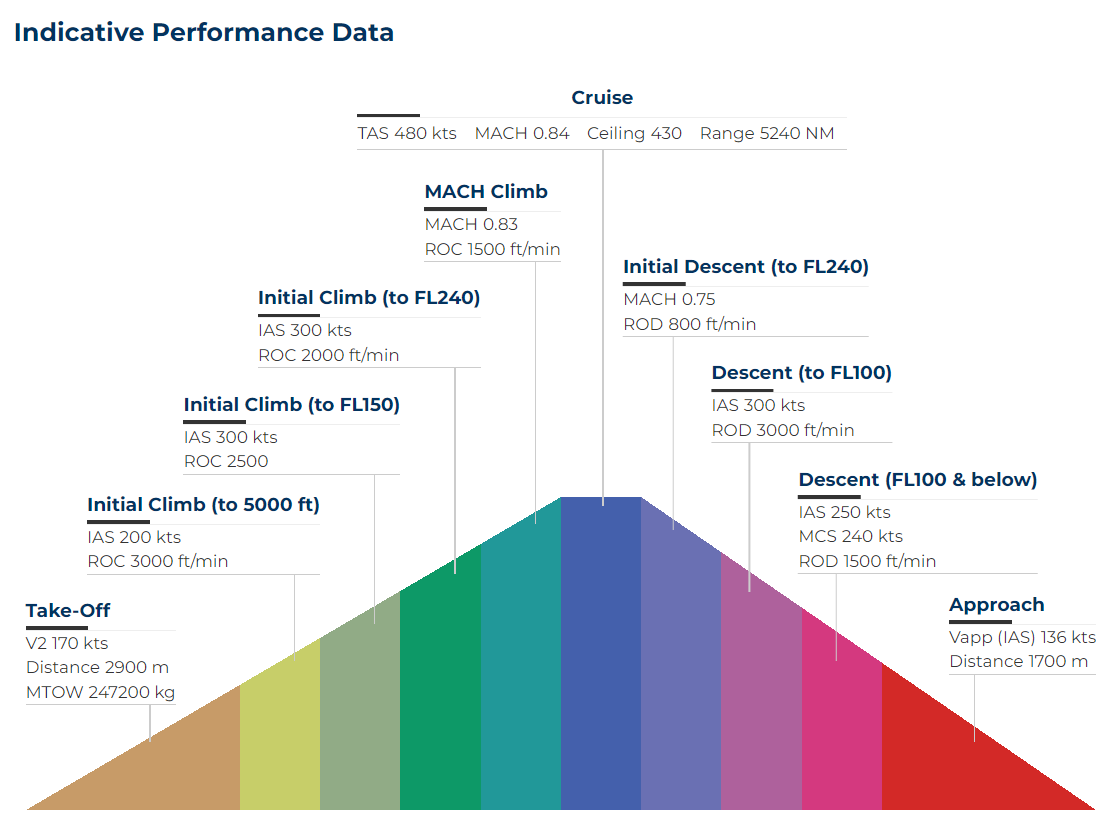
Introduction to the Boeing 777-200
The Boeing 777-200, designed to cater to Market A, marked the initial variant of this aircraft. United Airlines received the very first 777-200 on 15th May 1995. Geared primarily toward U.S. domestic carriers, the 777-200 modification offered an impressive range of 5,235 nautical miles (9,700 kilometres). Over time, a total of 88 distinct 777-200 aircraft were delivered to ten different customers. As of July 2010, 62 of them were actively serving in various capacities.
Certified to accommodate Pratt & Whitney, Rolls-Royce, and General Electric engines, the 777-200 in its basic form, is a long-range aircraft capable of carrying 305 to 440 passengers. Measuring 63.73 metres in length, with a wingspan of 60.93 metres and a range of 9,700 kilometres, the 777-200 is indeed a heavyweight, boasting a take-off weight of 263,090 kilograms. Surprisingly, it doesn’t necessitate runway strengthening for take-off. The inaugural aircraft went into service in June 1995.
By May 2007, a total of 88 777-200s had been ordered and delivered by ten different airlines.
As a competitor to the Boeing 777 200, Airbus offers the A330-300.
History of the Boeing 777 200 Aircraft

The 777-200 aircraft serves as the foundational model within the 777 family. Its prototype took its inaugural flight on 12th June 1994. United Airlines was the pioneering customer of the Boeing 777, placing 34 confirmed orders and an equivalent number of purchase intentions. The official launch of the 777 programme occurred only after another order came in from ANA.
Initially, the 777 200 was offered with retractable wingtips, which would reduce the required ground parking space. However, since no one opted for this feature, it was promptly discontinued.
Following its testing phase, the Boeing 777 prototype was delivered to Cathay Pacific. Prior to delivery, the aircraft underwent an engine transition, moving from Pratt & Whitney engines to Rolls-Royce engines. Additionally, the folding wingtips, designed to reduce the wingspan on the ground, were deactivated. Consequently, this particular Boeing 777 remained the sole aircraft of the older generation equipped with this system.
Registered under B-HNL, the prototype retired from Cathay Pacific’s fleet in 2018 and was generously donated to the Tucson Pima Air & Space Museum.
777-200 Specs
Boeing 777-200 Seat Map
The Boeing 777-200 seat map, across various airlines, offers several classes and seat configurations. These typically include First Class, Business Class, Premium Economy, and Economy. The seat configurations for Business, Premium Economy, and Economy classes can vary, with numbers like 1-2-1, 2-4-2, 3-4-3, 2-2-2, and 2-3-2, among others. The total number of seats on the Boeing 777-200 can range from around 224 to 375, depending on the airline and its specific seating layout. This information provides an overview of the seating options and capacities available on this aircraft for travellers.
Here’s a closer look at the different classes, seat configurations, and total seat counts for these airlines:
Each airline mentioned in the following table has its unique approach to these classes and configurations. The total number of seats on the Boeing 777 200 seat map varies among airlines, depending on how they allocate space within these different classes. For example, some airlines might prioritize Business Class, offering fewer total seats but with larger Business Class sections, while others focus on providing more Economy Class seats for budget-conscious travellers.
777 200 Seat Plan Comparison









